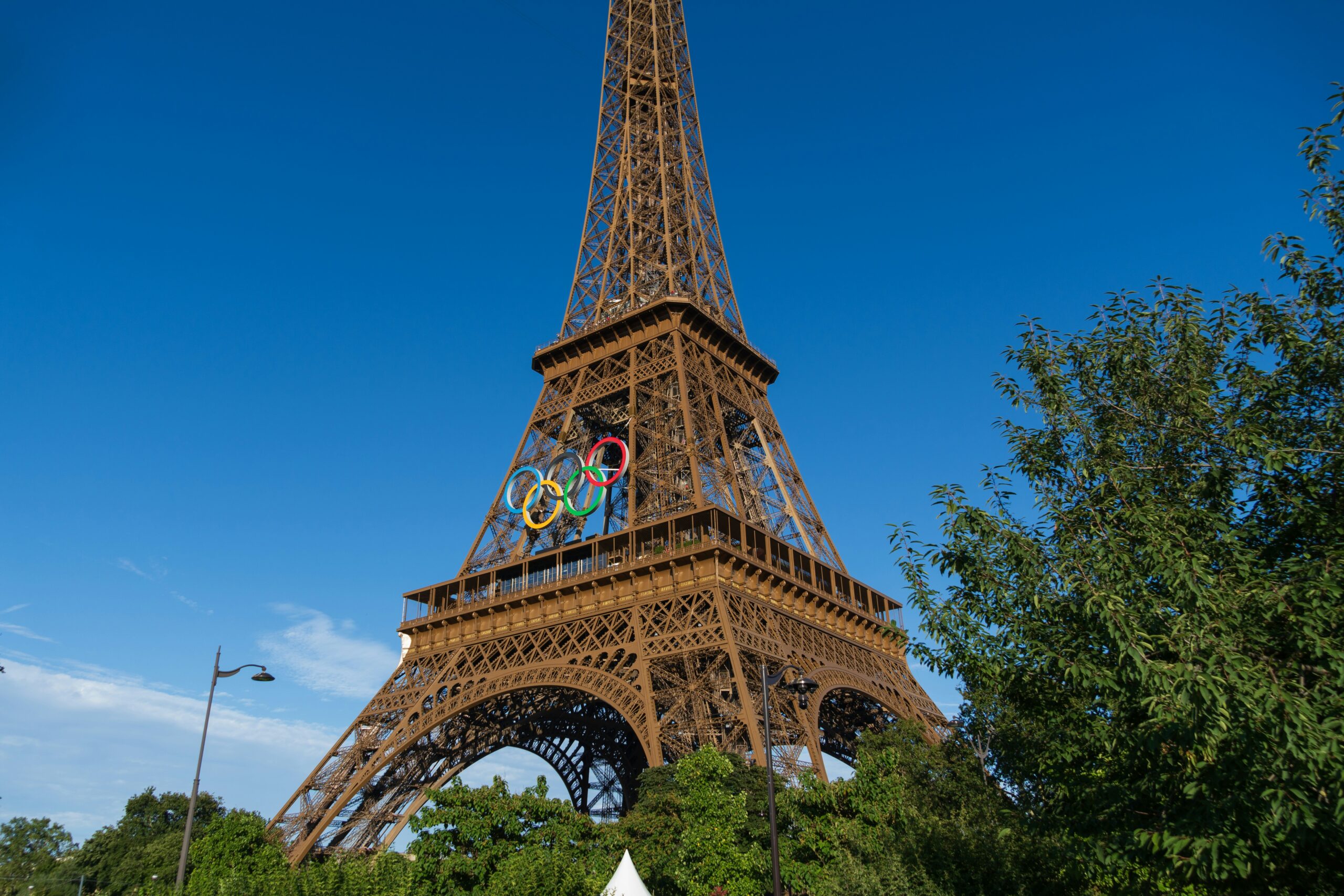Sustainability and the Olympic Games: Paris 2024
With growing global awareness of environmental issues, industries are increasingly adopting sustainable practices. The sporting world, with its large-scale events and millions of fans, is no exception. The International Olympic Committee (IOC) has long recognized the importance of sustainability and actively supports green initiatives to minimize the environmental impact of the Olympic Games.
Paris 2024: A New Standard in Sustainability
Paris 2024 was the first Olympic Games fully aligned with the Olympic Agenda 2020, setting a new benchmark for sustainability. Organizers committed to halving carbon emissions compared to London 2012 and Rio 2016, and ensuring alignment with the Paris Agreement on climate change. These goals were to be achieved through careful resource management and significant reductions in the Games’ carbon footprint.
From the bidding phase, the Paris 2024 organizers meticulously mapped out all the resources required to host the event. This included approximately two million pieces of sports equipment, 75% of which were to be rented or loaned by sports federations. The organizers also embraced the circular economy model by renting three-quarters of the screens, computers, and printers used during the Games. This approach reduced the estimated number of pieces of furniture needed from 800,000 to 600,000, while ensuring the items would be reused after the event.
Innovative Energy Solutions and Infrastructure
Paris 2024 aimed to power the Games entirely with renewable energy. All venues were to be connected to the national electricity grid, with the connections remaining in place after the Games, reducing the ecological impact of future events at these locations. When generators were needed, they would rely on biofuel, hydrogen, or batteries to minimize emissions.
A focus on existing and temporary venues was key to reducing environmental impact. Approximately 95% of all competition venues for Paris 2024 fell into this category, limiting the need for new construction and protecting local biodiversity. Among the few new venues was the Aquatics Centre, built using low-carbon construction methods. This venue was largely energy self-sufficient, thanks to solar panels covering 4,680m² of its roof. Recycled local plastic waste was used to create the seating, while wood was extensively incorporated into the design to further cut emissions.
Lasting Benefits for the Local Community
The Aquatics Centre was more than just a sustainable building; it was designed to leave a lasting legacy for the local community. Located in Seine-Saint-Denis, an area with limited sports infrastructure, the center aimed to improve the quality of life for residents. In particular, it sought to address the issue that half of the district’s 11-year-olds could not swim.
In addition, other projects in the area, such as the redevelopment of the Canal Saint-Denis and the construction of a noise barrier along the A86 motorway, were planned to enhance the living conditions of local residents.
The Olympic Village, located in the heart of Seine-Saint-Denis, was also designed with long-term benefits in mind. After the Games, it would be transformed into workplaces for 6,000 people and apartments for another 6,000, with a quarter of the units reserved for public housing. The area around the village was expected to see new restaurants, shops, and leisure centers, helping to rejuvenate a community where unemployment exceeded 20%.
Conclusion
Sustainability has become a central focus in planning major sporting events, especially the Olympic Games. Paris 2024 stands as a shining example of how sport can contribute to environmental protection while promoting social and economic development. By adopting sustainable practices, the IOC and organizing committees are setting a new standard for future events and showcasing the role sport can play in creating a better future for our planet.



